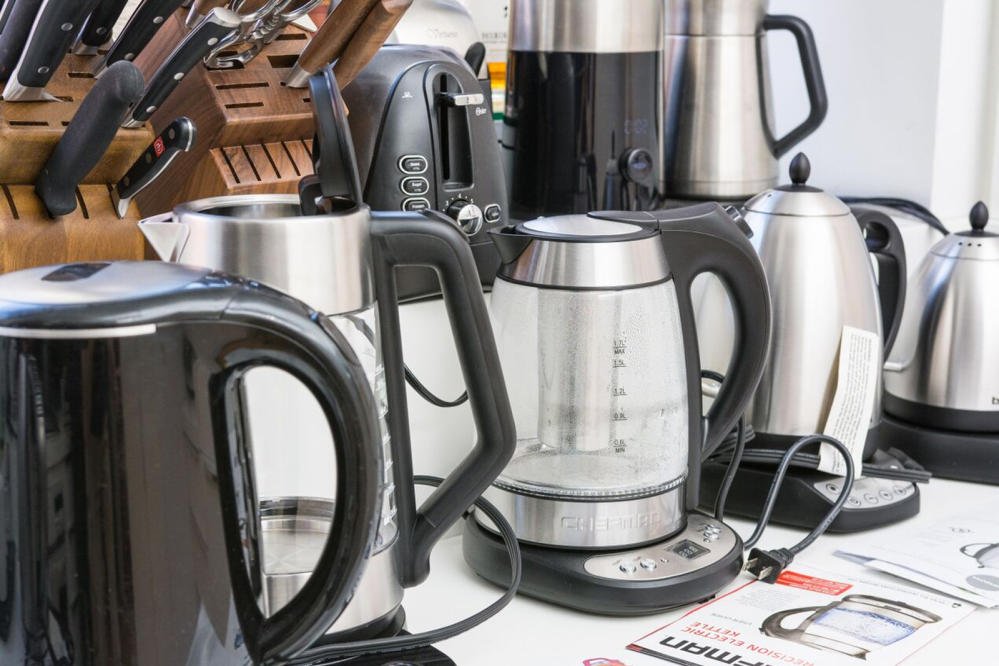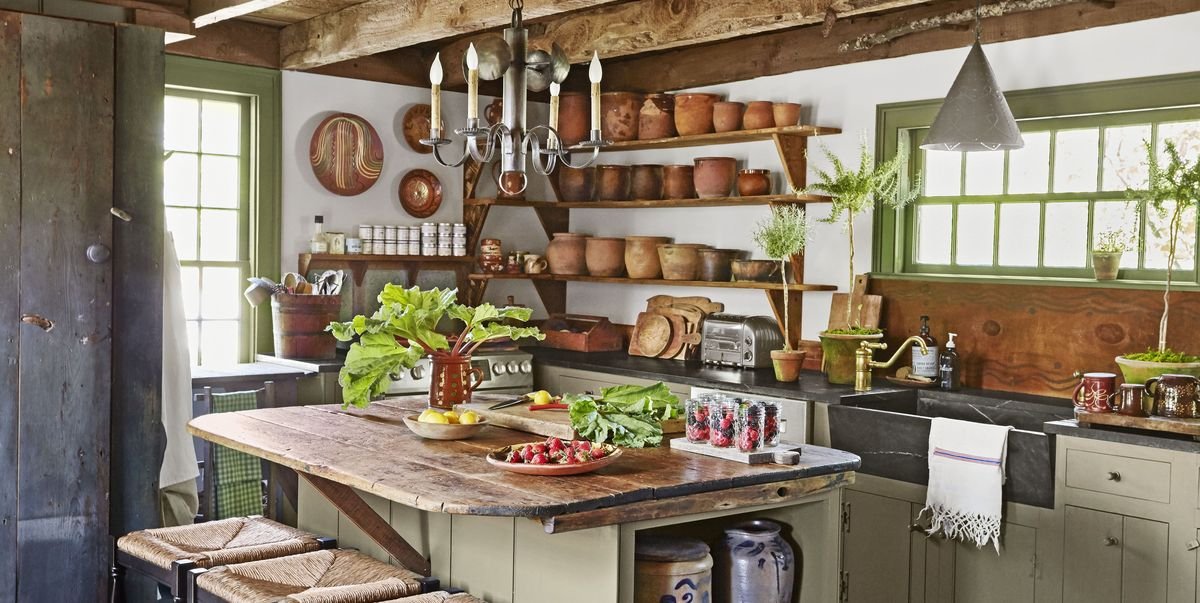
How to Prep Potatoes for Mashing
In this step-by-step guide, I will show you how to prep potatoes for mashing with precision and care, so you can achieve that desired smooth and creamy texture. Whether you’re cooking for a special occasion or a casual meal, following these steps will guarantee delicious mashed potatoes every time.
Choose the Right Potatoes
To select starchy or all-purpose potatoes, such as Russet, Yukon Gold, or Idaho, follow these steps:
- Check for a higher starch content: Look for potatoes that have a higher starch content, as this will help you achieve a fluffy texture when mashed. Starchy potatoes have less moisture and a more grainy texture, making them ideal for mashing.
- Identify the most common varieties: Russet potatoes, also known as Idaho potatoes, are a popular choice for mashing due to their high starch content. They have a mild flavor and fluffy texture when cooked. Yukon Gold potatoes, on the other hand, are considered all-purpose potatoes. They have a golden color, creamy texture, and a slightly buttery taste that adds richness to mashed potatoes.
Remember that selecting the right potatoes is crucial to achieving the desired texture and taste when making mashed potatoes. By opting for starchy or all-purpose varieties like Russet, Yukon Gold, or Idaho, you’ll be on your way to creating fluffy, delicious mashed potatoes that will impress your friends and family.
Peel and Cut the Potatoes
Peeling the potatoes is an important step in preparing them for cooking. To peel the potatoes, start by using a vegetable peeler. Hold the potato firmly in one hand and the peeler in the other. Begin peeling from the top of the potato, applying gentle pressure and moving the peeler downwards. Continue peeling until all the skin is removed, rotating the potato as needed. By peeling the potatoes, you remove any dirt or blemishes, ensuring a clean and appealing final dish.
Once the potatoes are peeled, the next step is to cut them into evenly sized chunks. This is crucial for ensuring that the potatoes cook evenly, resulting in a consistent texture. Begin by cutting the potato in half lengthwise. Then, lay each half flat on the cutting board and cut them into slices of equal thickness. Finally, stack the slices and cut them into equal-sized chunks. For example, if you’re making roasted potatoes, cutting the potatoes into evenly sized chunks will ensure that they all become crispy and tender at the same time. Similarly, if you’re making mashed potatoes, evenly sized chunks will ensure that they all cook through thoroughly and result in a smooth and creamy texture. Keep in mind that smaller pieces will cook faster, so adjust the size of the chunks based on your desired cooking time.
Boil the Potatoes
To prepare boiled potatoes, start by placing the potato chunks in a large pot. Make sure the pot is big enough to accommodate the potatoes and allow room for water. Next, cover the potatoes with cold water. This helps to evenly cook the potatoes while maintaining their texture.
To enhance the flavor, add a generous amount of salt to the water. The salt will seep into the potatoes as they cook, enhancing their overall taste. Once the salt is added, it’s time to bring the water to a boil. Place the pot on a stovetop over high heat and wait for the water to reach a rolling boil.
Once the water is boiling, reduce the heat slightly and let the potatoes cook for about 15-20 minutes. Check for doneness by piercing a potato chunk with a fork. If it goes in easily and the texture is soft, the potatoes are fork-tender and ready to be enjoyed. Remember to drain the cooked potatoes before using them in your desired recipe or serving them as a side dish.
Drain and Dry the Potatoes
Drain the cooked potatoes in a colander. Gently shake the colander to help remove any excess moisture. For example, you can hold the handles of the colander and give it a gentle shake back and forth. Let the potatoes sit in the colander for about a minute to allow any remaining water to evaporate.
Return the drained potatoes to the pot. Place the pot back on the stove over low heat. Shake the pot gently to help remove any remaining moisture from the potatoes. You can hold the handles of the pot and move it in a circular motion, making sure the potatoes are evenly heated. Heat the potatoes for about a minute or two, until they are completely dry.
By following these steps, you ensure that your potatoes are thoroughly drained and dried, making them perfect for your desired potato dish.
Mash the Potatoes
To achieve your desired consistency for mashed potatoes, follow these steps:
- Start by boiling the potatoes until they are tender. This usually takes around 15-20 minutes, depending on the size of the potatoes.
- Once the potatoes are cooked, drain them well and return them to the pot.
- Grab a potato masher or a fork and begin mashing the potatoes. Press down and gently twist the masher or fork to break up the potatoes.
- Continue mashing until the potatoes reach your desired consistency. If you prefer a smoother texture, consider using a potato ricer or a food mill. These tools will help remove any lumps, resulting in a velvety smoothness.
- Avoid over-mashing the potatoes, as this can lead to a gummy texture. It’s best to stop mashing once the potatoes are smooth, but still have a slight texture. Over-mashing can cause the potatoes to become dense and glue-like.
Remember, the key to achieving perfect mashed potatoes lies in finding that balance between smoothness and texture. Experiment with different mashing techniques and tools to find what works best for you.
Key Takeaways for Perfect Mashed Potatoes
In conclusion, mastering the art of prepping potatoes for mashing will elevate your cooking skills and give you the confidence to create delectable mashed potatoes every time. From selecting the right potatoes to employing proper peeling, cutting, boiling, draining, and mashing techniques, you now have the knowledge needed to create creamy and impressive mashed potatoes that will be a hit with your loved ones. So, get ready to impress and enjoy the satisfaction of serving up a side dish that will leave everyone craving for more. Happy mashing!
Necessary Equipment
Preparing the Potatoes
Step-by-Step Guide to Using Potato Mashers
- Hold the potato masher by the handle with a firm grip
- Place the cooked potatoes or vegetables you want to mash into a bowl or pot
- Use the masher to press and squash the potatoes or vegetables against the sides of the bowl or pot, moving the masher in a back and forth motion
- Continue mashing until you achieve the desired consistency, whether you prefer a smoother texture or a chunkier mash
- Remember to apply even pressure while mashing to ensure an even and well-mashed result
Frequently Asked Questions about Potato Mashers
Are there any special features or designs that I should look for in a potato masher?
Yes, there are several special features and designs that you should consider when looking for a potato masher. Firstly, consider the material of the masher. Stainless steel mashers are durable and resistant to rust, providing long-lasting use. Secondly, look for a masher with a broad and flat face. This design allows for efficient mashing by evenly distributing pressure and prevents lumps in mashed potatoes. Additionally, some mashers come with a built-in silicone or rubber grip on their handle, providing better control and comfort while mashing. Lastly, consider the length and ergonomics of the handle, as a longer handle can provide better leverage and ease of use. Overall, these features and designs contribute to a more effective and comfortable potato mashing experience.
What materials are commonly used to make potato mashers?
Potato mashers are commonly made using a variety of materials, with the most popular ones being stainless steel, nylon, and wood. Stainless steel mashers are durable, easy to clean, and provide efficient mashing due to their sturdy construction. Nylon mashers are lightweight, heat-resistant, and non-stick, making them suitable for use with non-stick cookware. Wooden mashers offer a traditional and aesthetic appeal and are known for their natural ability to absorb shock and provide excellent grip. Additionally, there are also mashers made of silicone or plastic, which are often chosen for their flexibility and ease of use. It is important to consider the material’s durability, sanitation, and effectiveness when selecting a potato masher.
Are there any safety precautions to consider when using a potato masher?
Yes, there are safety precautions to consider when using a potato masher. It is important to ensure that you handle the potato masher with care to avoid any potential accidents or injuries. Here are some safety tips to follow:
- Hold the handle firmly: Always maintain a secure grip on the handle of the potato masher to prevent it from slipping during use.
- Keep fingers away: Ensure that your fingers are kept away from the area where the potatoes are being mashed. It is advisable to use the potato masher with enough distance between your fingers and the mashed potatoes to avoid any accidental contact.
- Use a sturdy bowl or pot: Make sure to use a sturdy and stable bowl or pot to hold the potatoes while mashing. This will prevent any tipping or spilling that could lead to injuries.
- Apply even pressure: When mashing the potatoes, apply even, gentle pressure with the potato masher. Avoid using excessive force, as this could cause the masher to slip or the bowl to shift unexpectedly.
- Clean with caution: When cleaning the potato masher, be mindful of the sharp edges or blades that some models may have. Take care to not accidentally cut yourself while handling or cleaning the masher.





